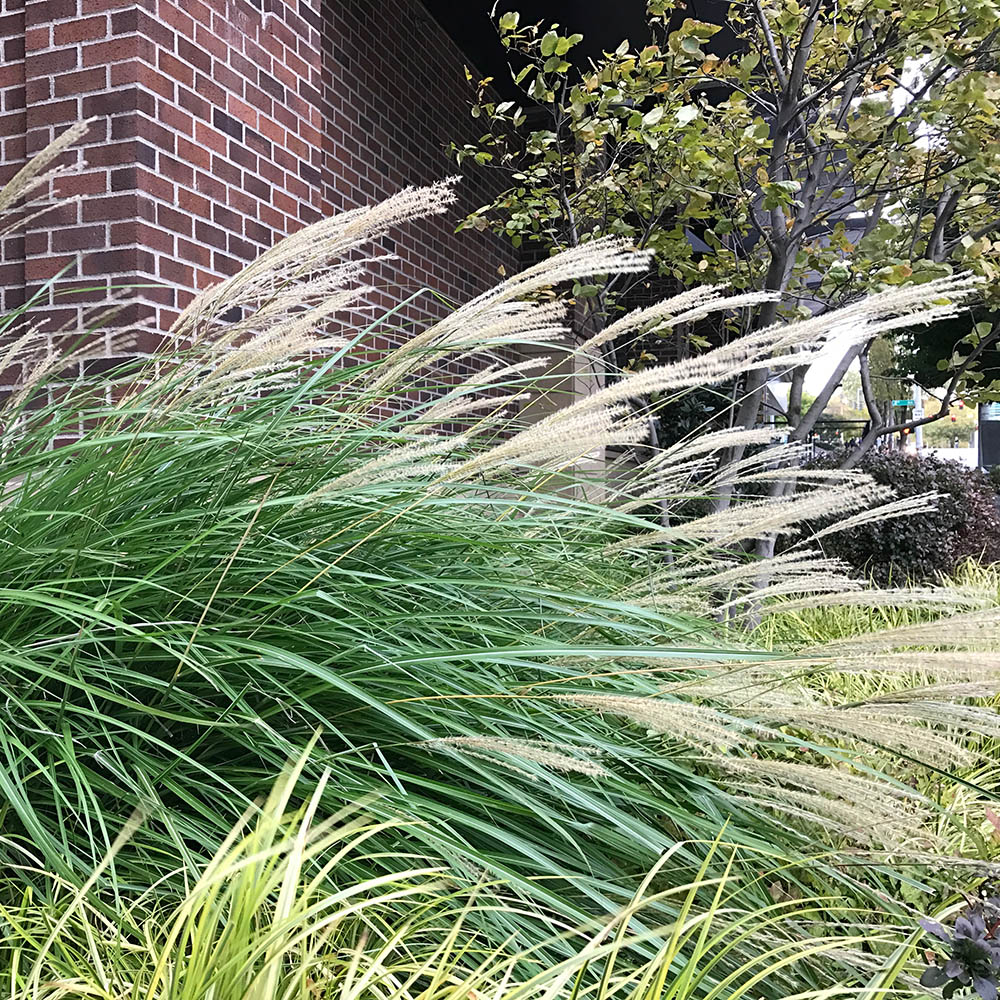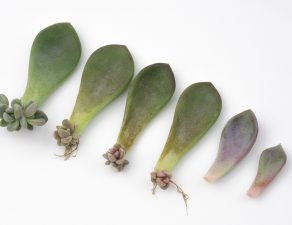
When you’re planning a landscaping project, you may put a lot of thought into the soil, sunlight, and fertilizer needs of your plants. But another factor can interfere with your plants’ growth and health: wind! If you live in a particularly windy zone, you probably need to choose wind resistant plants for your garden.
All the swaying caused by strong winds can actually interfere with a plant’s root system. The constant tugging can prevent roots from staying well grounded in the soil, and the roots aren’t able to adequately absorb water. Wind also increases water loss through evaporation. The result can be stress or even death for the plant.
Excessive wind can also reduce your plants’ rate of growth. Plants are often broken and distorted when exposed to high winds, and reducing the air temperature around the plant can impair its growth as well.
One method of dealing with this problem is to protect your plants with small retaining walls, fencing, trellis panels, and other structures which act as buffers to slow down wind. With careful placement, you can significantly reduce the stress on your plants.
As for wind-resistant plants, you may be thinking of species with stout, sturdy trunks. But contrary to what you may believe, you should actually be looking for plants with flexible stems or trunks. Those plants that are inflexible won’t bend with the wind, which leads to breakage and extra stress for the plant. A flexible stem or trunk, on the other hand, will bend and sway without breaking or putting stress on roots.
Wind-resistant trees include Crepe Myrtle, Palm Trees, Willow, Redbud, and Japanese Maple. Once well established, these can also act as wind blocks for the rest of your garden. Consider also that ornamental grasses are very wind-resistant, and can act as a buffers to other plants in your garden. As for perennials and annuals, try daylilies, daisies, zinnias, and nasturtiums. These species add color and beauty to your landscaping, and should fare well in windy zones.
Remember that even if you choose wind-resistant plants and place them carefully in your garden, you should still watch for signs of wind damage. Monitor your plants for signs of water loss, and water them accordingly. If you spot excessive bending or breakage in your plants, you may need to take additional measures to protect them from wind. For more help, give us a call, and we’ll be happy to share ideas on protecting your landscaping from excess wind.









Write a comment: